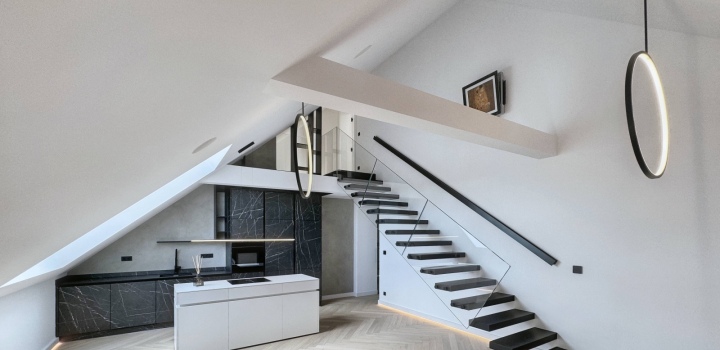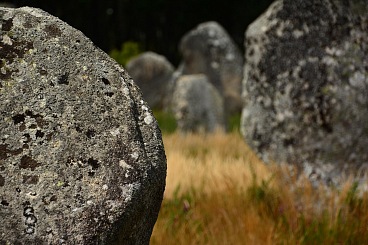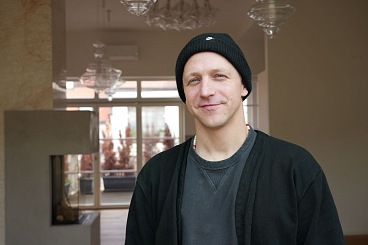Most Interesting Feature of the Open House Festival: Cubist Ďáblice Cemetery
The Ďáblice cemetery is situated on the border of Prague district of Ďáblice and Střížkov and it is, after the Olšany cemetery, the second largest one, covering the area of 29 hectares. Since the last year it ranks among the national cultural monuments of the Czech Republic. What makes it unique?
Cubist architecture - uniquely Czech
The Czech Republic has its unique position in the world as far as Cubist architecture is concerned. And it is not just our exceptional buildings. The Ďáblice cemetery is a luxurious presentation of n Cubism.
This is the only specimen of a Cubist period cemetery in the Czech Republic and in fact around the whole world. It was established in 1914 and the author of the design, according to which it was built, was the important Czech architect and urban planner, painter and graphic artist, Vlastislav Hofman. It has a unique architectural and urban design.
The cemetery is notable for its artistically valuable cemetery walls and already at first sight everyone´s attention is caught by the luxury gateway with kiosks in Cubist style. The mortuary too, is built in Cubist style. The yard features Cubist elements too; there are benches, bins and even a water pump. Also, the new main entrance is built in the style of Neo-Cubism. It is a spectacular location with a dramatic and artistic character.
Who rests at the Ďáblice cemetery
The Ďáblickém cemetery has over 20,000 registered graves. Since 1943 there were graves of unidentifiable remains of suicides and corpses after autopsy. In the centre there is a burial site of Yugoslav and Italian partisans of the Second World War and the victims of the Prague Uprising. Also buried here are people who were tortured and executed, victims of the Communist regime as well as murdered participants of the anti-Nazi resistance - Jan Kubiš and Jozef Gabčík.
New burial era?
Times have changed and with it the way burials are conducted. Large processions and burials in coffins are gradually replaced by incineration. A new phenomenon also appeared concerning places and ways of burial. The Ďáblice cemetery is the first of its kind, where a so-called Memorial Park was established. Here you can bury your deceased in nature under the trunk of a memorial tree. A stone tombstone is thus replaced by a wooden plaque placed on the tree trunk.





















